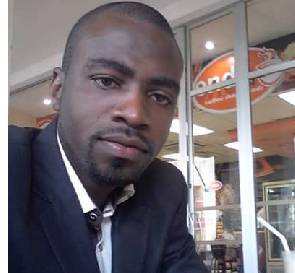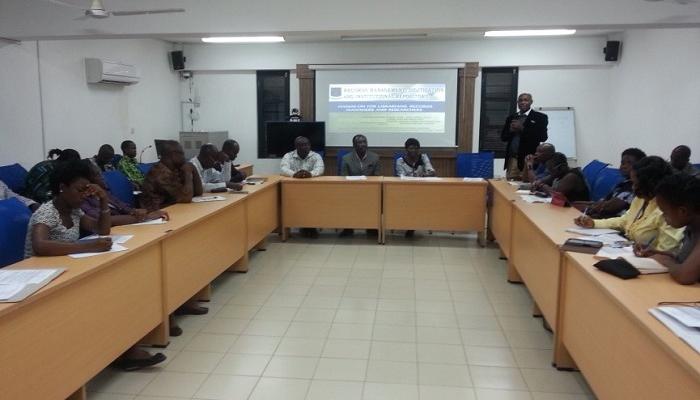 A high-ranking official of the Bureau of National Investigations (BNI) has revealed that the recent events concerning the manipulation of the electronic voting system of the University of Ghana (UG) elections could have dire consequences on national security.
A high-ranking official of the Bureau of National Investigations (BNI) has revealed that the recent events concerning the manipulation of the electronic voting system of the University of Ghana (UG) elections could have dire consequences on national security.
There have been calls for the introduction of electronic voting across the country during national elections. The highly placed BNI source raised fears that if such a flawed software system which was used for the UG elections is deployed during a nationwide election, it would pose a threat to security and peace across the nation.
“We want to get to the bottom of this matter. Imagine this same thing is replicated into the national elections, can you imagine the sort of confusion it will create. Peaceful and fair elections is what we want in this country”.
Following a report about allegations of election fraud, the Bureau found it necessary to launch a full scale investigation to unravel the facts of the matter in order to prevent any unrest at the university.
“We all know student politics, if there is chaos in University of Ghana today, it’s a security matter so we need to get involved because it’s a potential threat to national security”.
Operatives of the BNI retrieved 6 laptop computers which were used as servers during the Student Representative Council (SRC) election which was held on April 9.
A careful scrutiny during initial investigations revealed that the results of the elections does not show the true outcome of votes entered into the system.
The BNI proceeded to invite the developer of the software, Mr. Stephen Forson, who is the Managing Director (MD) of IPRO Solutions Limited for questioning on the 14th of April.
According to the BNI, Mr. Forson disclosed that it is the fourth time he has been running elections for the University of Ghana and no one has complained. It also came to light that the software platform has been used for several elections in other tertiary institutions in the past few years.
Mr. Forson was asked to demonstrate the software design and voting process which turned out fine when he used his own personal laptop. But the results came out manipulated when he used one of the laptops that was used as a server during the elections.
“When investigators gave him one of the retrieved computers used during the voting exercise to demonstrate by adding five names to the voter register and voting for the two SRC presidential candidates, the results came out manipulated”.
“Although the given new “voters” voted three for candidate A and two for candidate B, the results as declared by the electronic system gave candidate A one vote and candidate B four votes.”
“We decided to test again and realized that any voter ID number ending with an even number goes to a particular candidate which presupposes that 50% of the votes automatically will have to go to a particular candidate and the remaining 50% ending with odd numbers will have to be shared based on who gets the votes.”
With a team of experts, a code was discovered in the software which was responsible for altering the results after a thorough analysis. Mr. Stephen Forson however denied responsibility for the additional codes which he says was not part of the original software.
“He claims he did not know that the software could do this, but when we brought in experts and they went deep into the software in his presence, they took him through it and he was able to see a code and he confessed that there is a second code within his software that can manipulate results but he didn’t put in the code and doesn’t know where it’s coming from”.
The BNI has given Mr. Forson an opportunity to invite software experts from his side in order to unravel the mystery of the secondary code.
The BNI says investigations are not complete and “we are not saying it’s Forson who inserted the second code, but we only know that he is the developer of the software”.
Mr. Stephen Forson was granted bail on Thursday, April 16 but he is still assisting the security operatives to further investigate the matter and to expose the facts regarding the manipulative code in the software.
